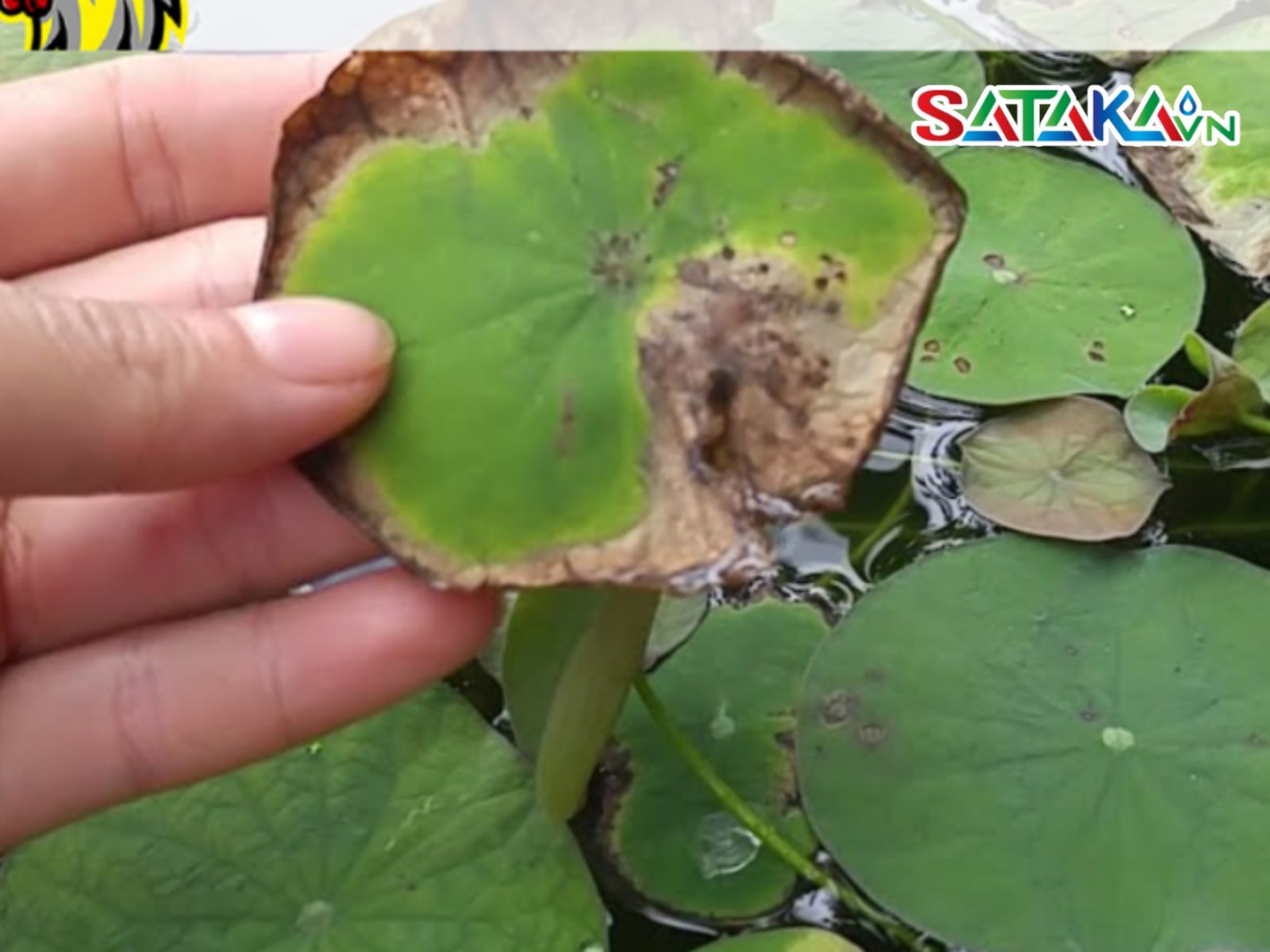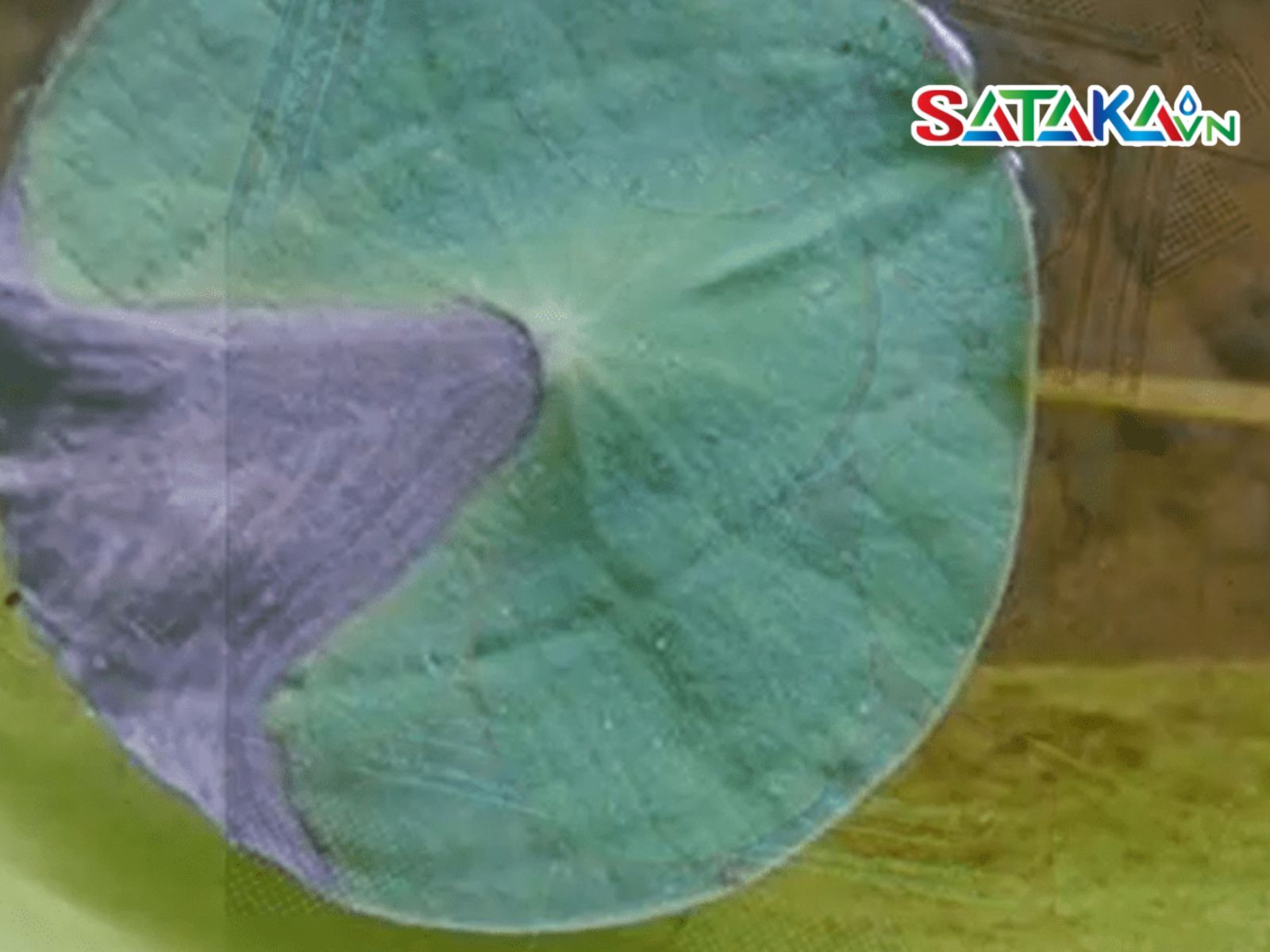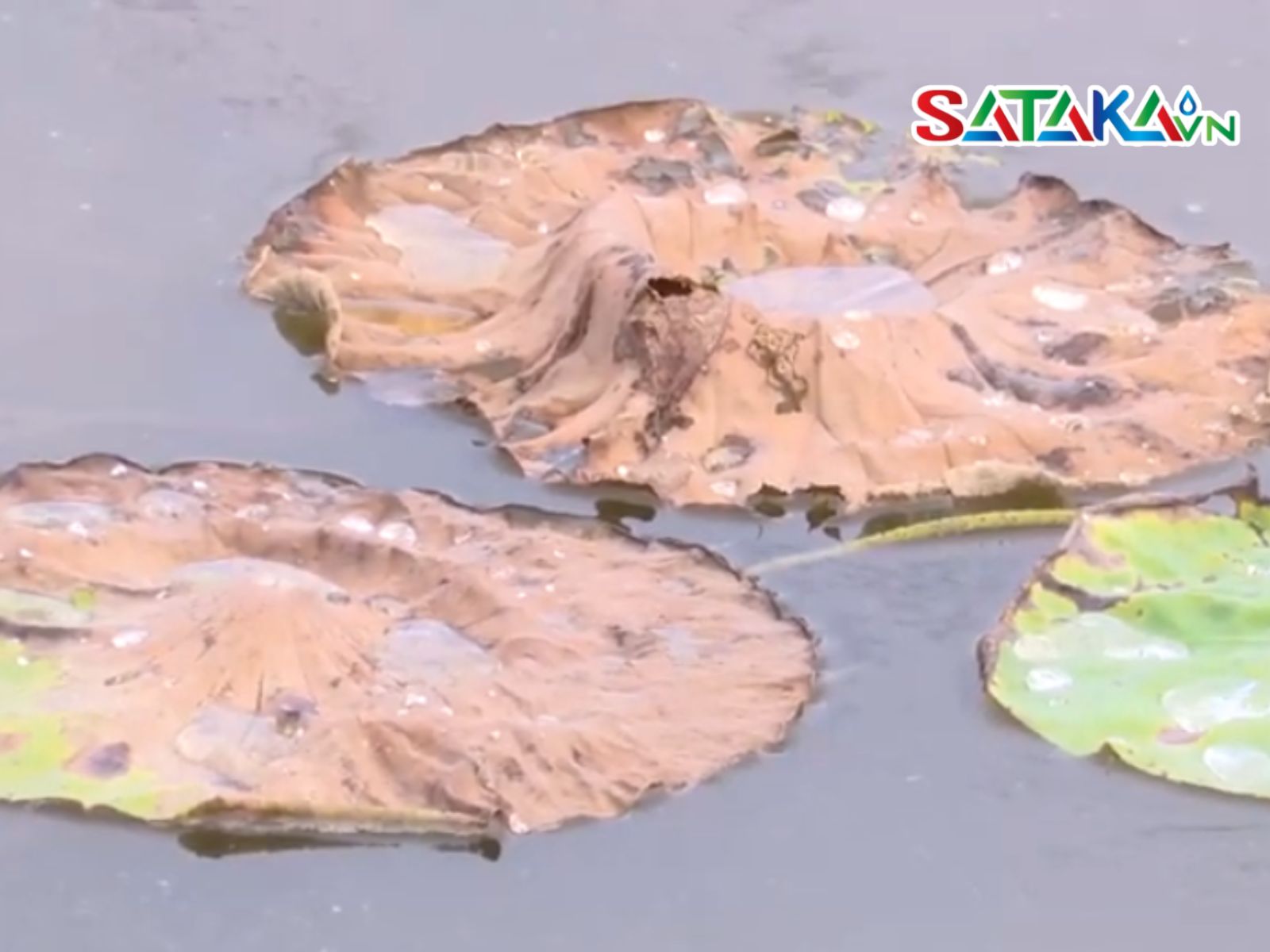Lotus anthracnose causes leaf rot, stem drying, and reduced flower yield. Early prevention and treatment help plants grow healthy and prevent crop damage.
Lotus anthracnose is a common and highly damaging disease for lotus growers, especially during humid rainy seasons. The disease doesn't just affect leaves; it can spread to stems, flowers, and even lotus pods, leading to stunted growth, reduced yield, and diminished commercial value. Understanding the exact causes and implementing effective prevention and treatment methods are crucial for farmers to protect their lotus crops, ensuring they remain vibrant, productive, and stable.
The primary cause of this disease is several species of fungi, most notably Colletotrichum spp., which can persistently survive in cultivation soil, untreated seeds, and plant residues from previous seasons.
One of the conditions that easily triggers lotus anthracnose outbreaks is hot and humid weather, with temperatures hovering around 30°C accompanied by frequent rain. This creates an ideal environment for fungal spores to develop, spread, and attack various parts of the lotus plant.
Furthermore, lotus ponds with poor drainage, frequent waterlogging, or imbalanced fertilization (especially excessive nitrogen) will further promote fungal growth. Additionally, when lotus stems and leaves accumulate water overnight or endure prolonged humid weather, fungal spores can easily germinate and penetrate plant tissues.

Causes of Lotus Anthracnose
Explore: Tomato Anthracnose: Causes, Symptoms, and Management
This disease can attack almost all parts of the lotus plant, from leaves and stems to flowers and pods.
On Lotus Leaves: The initial symptoms are small, light brown spots, which can be round or irregular in shape, usually appearing on the underside of the leaves. After a while, the lesions expand, turning dark brown with a red margin or a yellow halo around them. This is a characteristic sign of lotus anthracnose. The most recognizable feature is the concentric rings resembling a spiral (looking like a spiderweb), a very distinct mark.
On these concentric rings, tiny black dots often appear, which are actually fungal spores visible to the naked eye as small protruding pinheads. If the weather is humid, a pink moldy layer may also emerge on the lesion surface, indicating active fungal growth. When exposed to sun, the lesions become dry and brittle, easily tearing, and leaves may drop prematurely or completely rot if left untreated.
On Stems and Flowers: Lotus anthracnose also damages stems and flowers. The lesions are grayish-brown and slightly sunken. In severe cases, lotus stems become shriveled, dry, scorched, and stop growing. Flowers and pods are also affected, causing flowers to wilt, and pods to shrivel and fail to produce seeds.

Symptoms of Lotus Anthracnose
To effectively manage lotus anthracnose, farmers need to proactively intervene as soon as the disease appears, combining chemical measures, nutritional support, and water management appropriate for each weather phase.
Proactive Early Treatment: As soon as you notice the initial signs of lotus anthracnose, farmers should drain water from the pond or field to facilitate treatment. Then, proceed to spray specific fungicides such as: Vimonyl 72WP, Ridomil Gold 68WP, Map-Hero 340WP, or Aliette 800WG. To enhance the effectiveness of the spray, you can combine it with SK 98EC mineral oil, which helps the pesticide adhere well and spread evenly on the leaves. You can refill the pond/field with water 3 days after spraying.
Nutritional Notes: When plants are diseased, you should absolutely avoid applying nitrogen fertilizers or using growth stimulants, as these will worsen the condition. Instead, farmers should supplement with white potassium (K₂SO₄) and Hi-Calcium products, spraying them directly onto stems and leaves to boost the plant's natural resistance against fungal attacks.
Disease Prevention Based on Weather Conditions:

Effective Prevention and Treatment Methods for Lotus Anthracnose
Preventing and treating lotus anthracnose requires a combination of scientific cultivation, rational pesticide use, and close monitoring of weather. Farmers should proactively address the disease as soon as symptoms appear to prevent widespread contamination. Please don't hesitate to contact us if you have any issues; we are always ready to assist you!
SATAKA VIETNAM JOINT STOCK COMPANY
Address: No. 246 Nguyen Kim Cuong, Tan Thanh Dong Commune, Cu Chi District, Ho Chi Minh City
Hotline: 0856.555.585 or 0789.917.927
Website: https://sataka.com.vn/